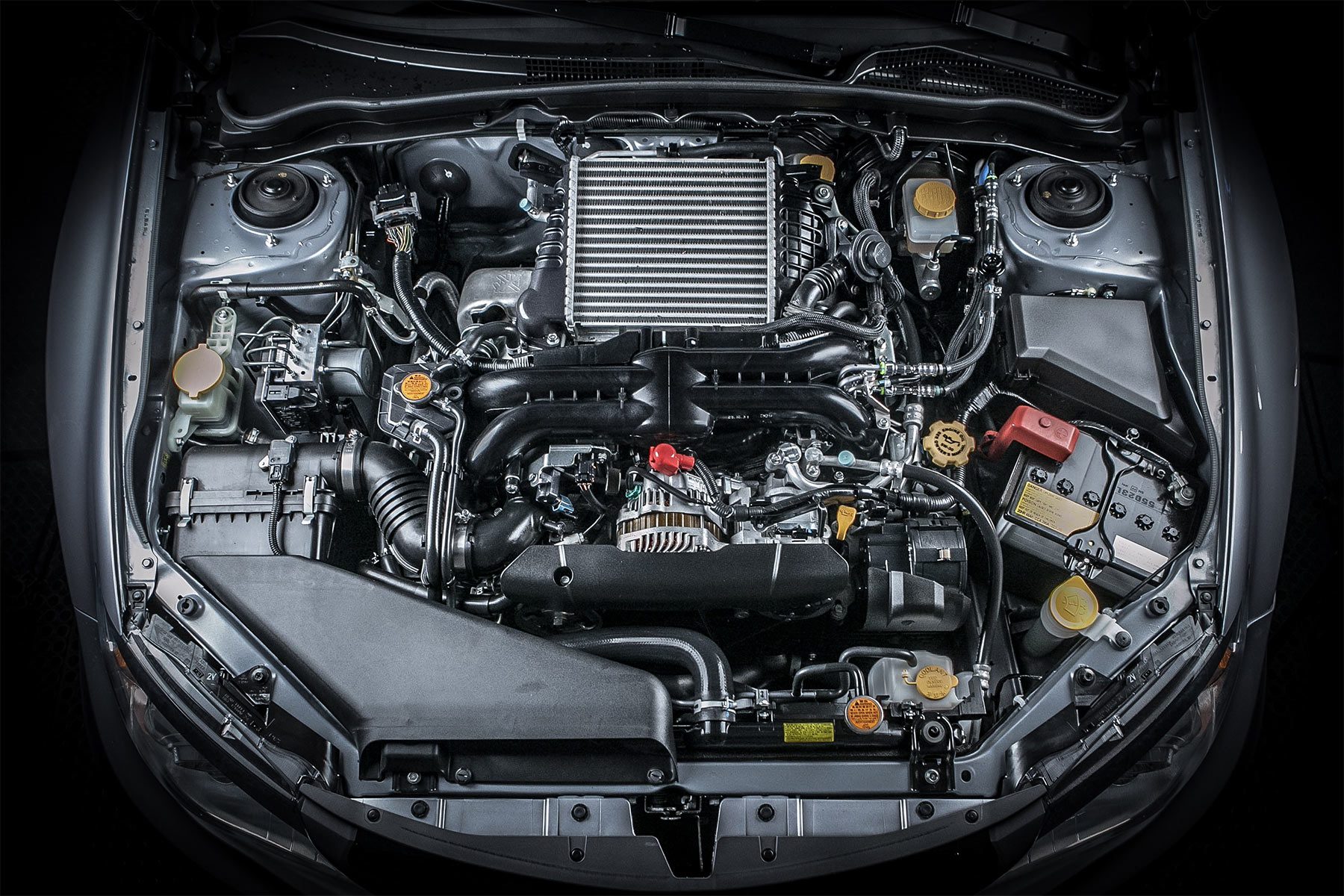Upgrade Your Vehicle with a New Opel Corsa Engine
Upgrade Your Vehicle with a New Opel Corsa Engine
Blog Article
Comprehensive Evaluation of a Subcompact Auto's Powertrain Capabilities
In the realm of automotive design, the powertrain of a subcompact cars and truck stands as a crucial nexus where innovation, performance, and effectiveness assemble. From the engine's unrelenting quest of optimal efficiency to the transmission's smooth choreography of power circulation, every component plays a critical function in specifying the general driving experience.
Engine Efficiency Analysis
In examining the engine efficiency of the subcompact automobile, a thorough evaluation discloses its effectiveness and power result under various driving problems. The subcompact auto's engine, a crucial part of its powertrain system, demonstrates good efficiency metrics.
Furthermore, when based on extensive testing situations such as high-speed acceleration or uphill climbs up, the engine demonstrates strength and responsiveness. Its power output continues to be regular, supplying appropriate acceleration when needed. The subcompact auto's engine is tailored to meet the needs of metropolitan driving, where fast velocity and active maneuverability are necessary.
Additionally, the engine's design incorporates contemporary innovations that enhance its performance qualities. Attributes like turbocharging or variable shutoff timing add to improved power delivery and torque, enhancing the general driving experience. In final thought, the engine efficiency of the subcompact cars and truck highlights its capacity to deliver reliable and effective power result across numerous driving problems.
Transmission Performance Evaluation
Assessing the subcompact cars and truck's transmission efficiency involves assessing its efficiency in transmitting power seamlessly throughout various driving conditions. The effectiveness of a transmission system is important as it straight impacts the total efficiency and gas economic climate of the vehicle. In assessing transmission efficiency, factors such as equipment proportions, shift timing, and the level of smoothness of equipment modifications are taken into consideration. A well-designed transmission system must effectively deliver power from the engine to the wheels while reducing power losses.
One typical approach utilized to evaluate transmission efficiency is through dynamometer screening, where the power outcome from the engine is determined at the input and outcome shafts of the transmission. By analyzing these aspects, engineers can recognize areas for enhancement and maximize the transmission system for much better total performance and effectiveness.
Gas Effectiveness Exam
The evaluation of the subcompact auto's fuel effectiveness entails a comprehensive evaluation of its consumption rates under different driving conditions. Fuel effectiveness is an important consider assessing the overall performance and cost-effectiveness of an automobile. By measuring the quantity of fuel eaten each range took a trip, usually revealed as miles per gallon (MPG) or liters per 100 kilometers (L/100 km), the effectiveness of the subcompact cars and truck's powertrain can be determined.

Additionally, improvements in technology, such as hybrid systems, regenerative braking, and automated start-stop systems, have actually significantly improved gas performance in contemporary subcompact autos. Manufacturers remain to innovate and optimize powertrain components to enhance fuel efficiency while satisfying performance demands and environmental policies. Assessing a subcompact auto's gas performance offers beneficial understandings for customers looking for cost-effective and lasting transportation solutions.
Acceleration and Handling Analysis
An integral aspect of evaluating the efficiency capacities of a subcompact car hinges on analyzing its acceleration and dealing with characteristics. Velocity is crucial as it determines just how swiftly the automobile can reach wanted rates, affecting general driving experience and ability to move in numerous web traffic problems. opel corsa engine. Subcompact autos are commonly preferred for their nimbleness and dexterity, making acceleration from standstill and throughout surpassing maneuvers important elements to take into consideration
When it involves dealing with, a subcompact automobile's capacity to navigate corners, preserve security at broadband, and offer a receptive steering feeling are vital. Tight city roads and winding roadways need accurate handling to make sure chauffeur self-confidence and safety. Variables such as suspension tuning, weight circulation, and tire hold play substantial functions in establishing a subcompact automobile's informative post overall handling prowess.

Powertrain Components Review
Upon delving right into the details of a subcompact vehicle's efficiency, a thorough evaluation of its powertrain elements is vital to grasp the automobile's mechanical bases. The powertrain of a subcompact car usually includes the engine, transmission, driveshaft, differential, and axles. The engine, commonly a smaller displacement four-cylinder in a subcompact automobile, is accountable for generating power by burning fuel and converting the power right into mechanical pressure. The transmission, whether guidebook or automated, transfers this power to the wheels via the driveshaft. The differential allows the wheels to rotate at different rates when turning, enhancing maneuverability. Additionally, the axles transfer power from the differential to the wheels, allowing motion. Recognizing just how these parts collaborate is critical in analyzing a subcompact car's total efficiency, efficiency, and driving characteristics. In the next section, we will delve deeper right into the specific duties and communications of each powertrain part to supply a thorough overview of a subcompact auto's powertrain capacities.
Final Thought
In conclusion, the subcompact vehicle's powertrain capacities have been extensively evaluated in regards to engine performance, transmission performance, fuel handling, efficiency, and velocity. The comprehensive evaluation highlights the importance of each element interacting perfectly to deliver optimum performance. Generally, the powertrain elements of the subcompact car have been located to be healthy and effective, making it a dependable option for vehicle drivers seeking a small and fuel-efficient lorry.
In the realm of automotive design, the powertrain of a subcompact cars and truck stands Read Full Report as a vital nexus where effectiveness, efficiency, and technology assemble.In examining the engine efficiency of the subcompact auto, a comprehensive analysis reveals its effectiveness and this hyperlink power outcome under different driving conditions.Examining the subcompact cars and truck's transmission performance entails assessing its performance in transmitting power seamlessly across various driving problems. Recognizing just how these parts function with each other is critical in analyzing a subcompact car's total efficiency, effectiveness, and driving dynamics.In conclusion, the subcompact car's powertrain abilities have been extensively analyzed in terms of engine performance, transmission performance, gas handling, velocity, and effectiveness.
Report this page